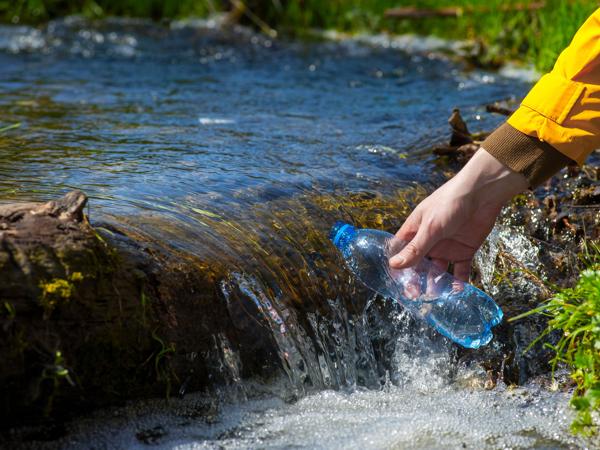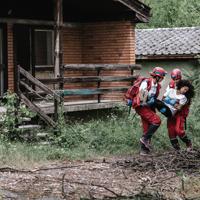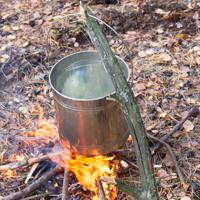Water is a critical necessity for survival, particularly in the wilderness where few resources can be guaranteed. Our bodies depend greatly on water; it regulates temperature, maintains bodily functions, and supports cellular processes. This article aims to explore various methods for locating and acquiring water in the wild.
Importance of Water in Survival
Understanding the importance of water is essential. A lack of adequate hydration can lead to dehydration, heat stroke, and other severe health issues. It’s sometimes possible to survive without food for weeks, but without water, our bodies can only maintain function for a few days. Therefore, securing a reliable water source should be a top priority for anyone trying to survive in the wilderness.
Observing Nature
Nature frequently provides cues about where water might be found. Observing the habits of local wildlife and plants can offer crucial insights:
-
Animal Tracks and Behavior: Many animals, especially in the morning and late afternoon, transit to and from water sources. Following animal tracks or observing birds can often indicate nearby water.
-
Insects: Bees are typically within a couple of miles of a water source, and ants often build their homes nearby as well.
-
Vegetation: Certain plants, like willows and cottonwoods, grow in wet areas. The presence of these plants can suggest underground water.
Collecting Rainwater
If rain is anticipated, collecting it can be straightforward and effective. Utilize any available container and, if possible, extend your surface area by using tarps or plastic sheets to funnel more water into these containers.
Searching for Groundwater
Ground Depressions and Basins
Water naturally collects in low areas, so identifying and investigating depressions, basins, or pools may lead to fresh resources. While the surface may appear dry, digging might reveal water just below.
Digging for Water
If no visible water is available, it’s often effective to dig:
-
Seepages: In dry creek beds, digging in low spots can sometimes uncover hidden water seeping up from below. Ensure the hole is deep enough to allow any accumulated water to pool for collection.
-
Sand Rivers: Water may persist under the surface of sandy riverbeds. Dig several feet deep to determine if water can be reached.
Solar Stills
A solar still utilizes the sun’s energy to collect water through evaporation and condensation. To create a solar still, dig a hole, line it with vegetation, place a container in the middle, and cover it with clear plastic secured with rocks. Weigh down the plastic above the container with a rock to allow condensation to drip into your container.
Utilizing Dew and Vegetation Moisture
In the early morning, dew often forms on grass and foliage. Absorb moisture using a clean cloth and wring it out into a container. This method is useful but typically provides limited quantities.
Filtering and Purifying Water
Consuming untreated water can pose serious health risks due to contaminants like parasites or bacteria. It’s pivotal to purify collected water via boiling, using water purification tablets, or employing portable water filters before consumption.
Conclusion
Finding water in the wilderness involves understanding and leveraging natural cues and employing practical techniques. Remember, the key is observation and adaptation. In unfamiliar environments, allow yourself time to study the ecosystem.
Though not exhaustive, this guide provides foundational methods to help ensure your water needs are met in a survival scenario. For further reading, guides such as the Field Guide to Wilderness Survival offer additional strategies.
Stay safe, and trust in your resourcefulness and resilience.




